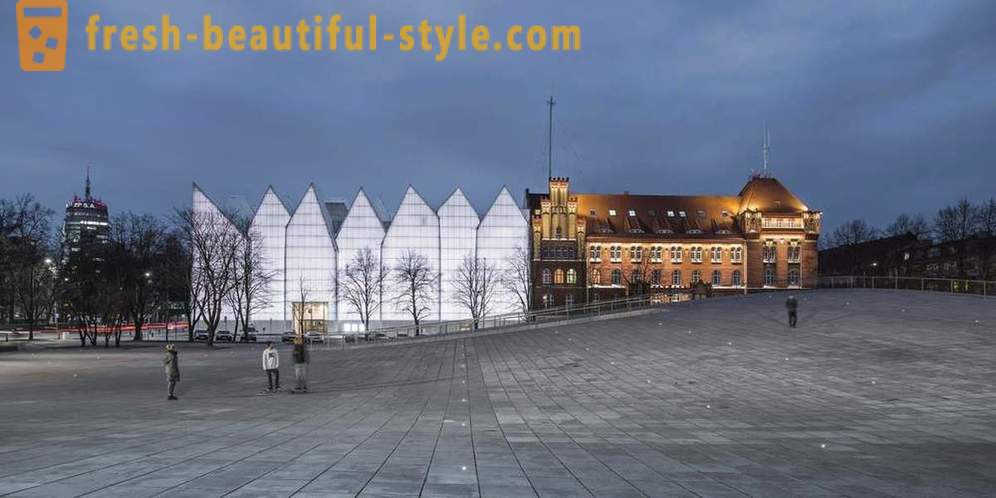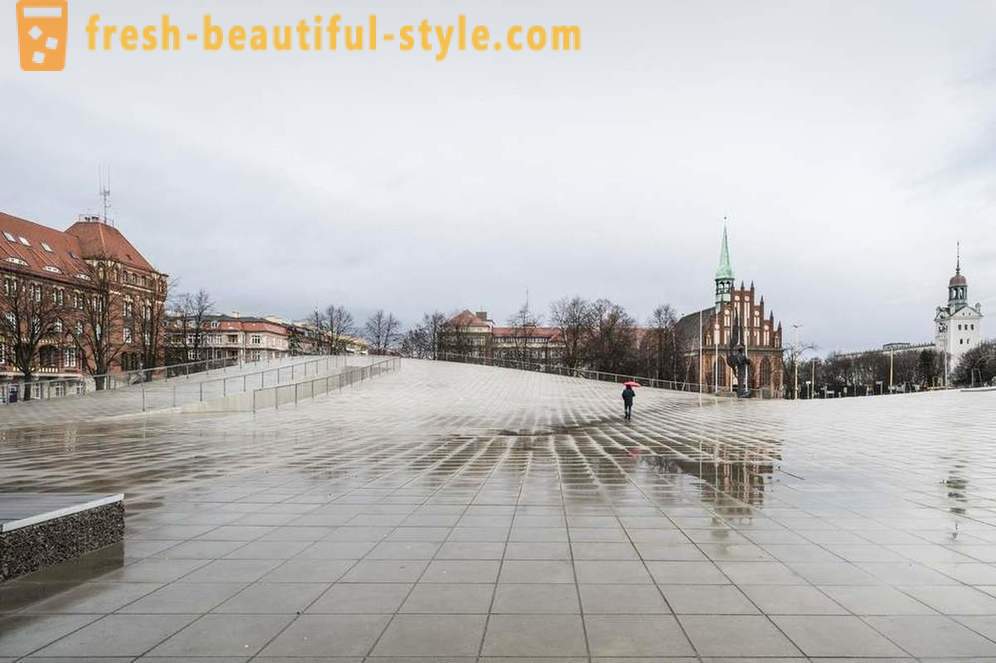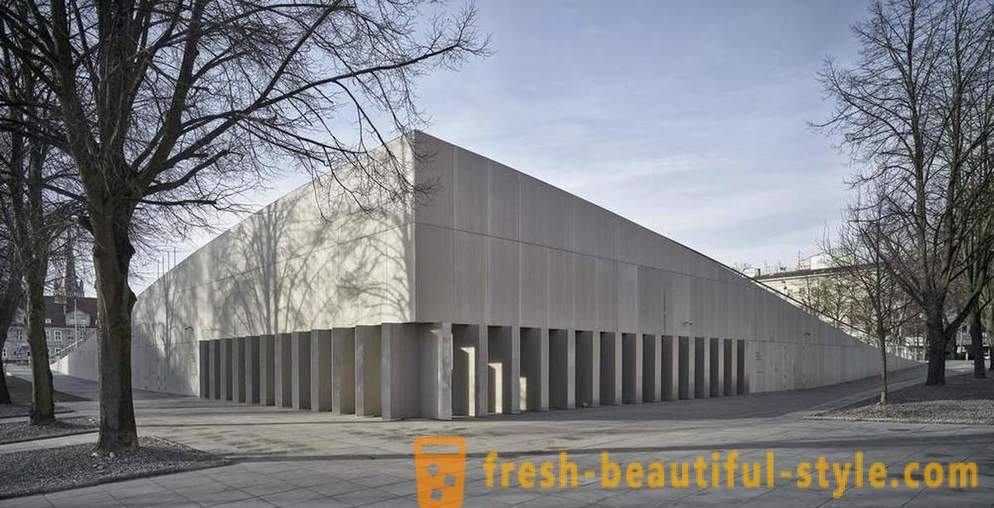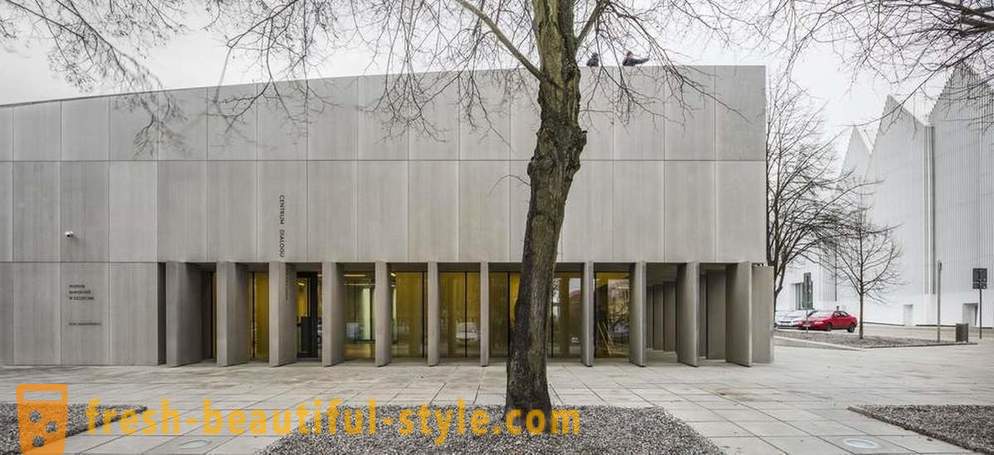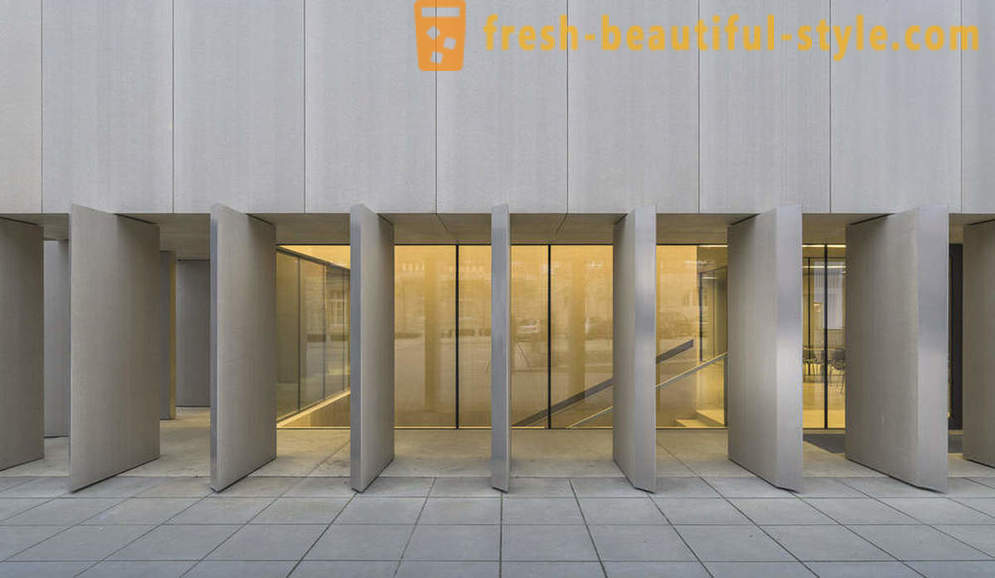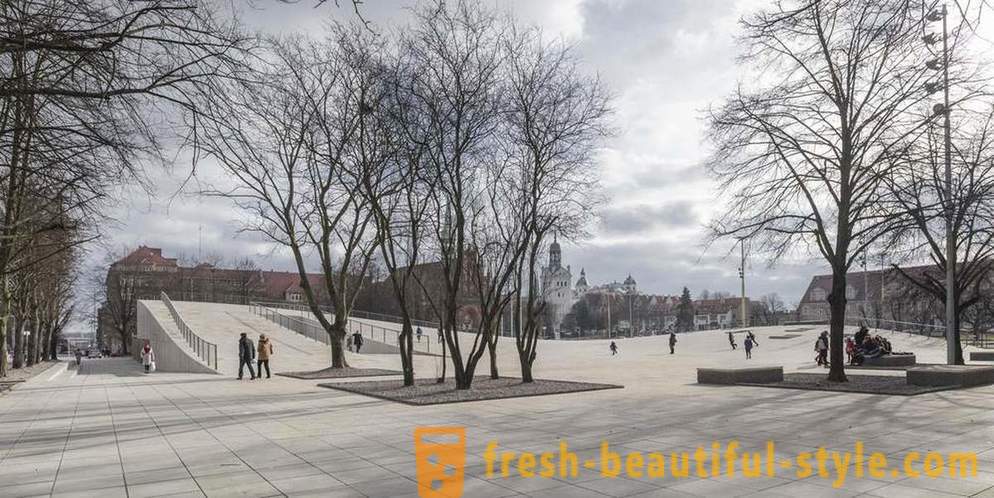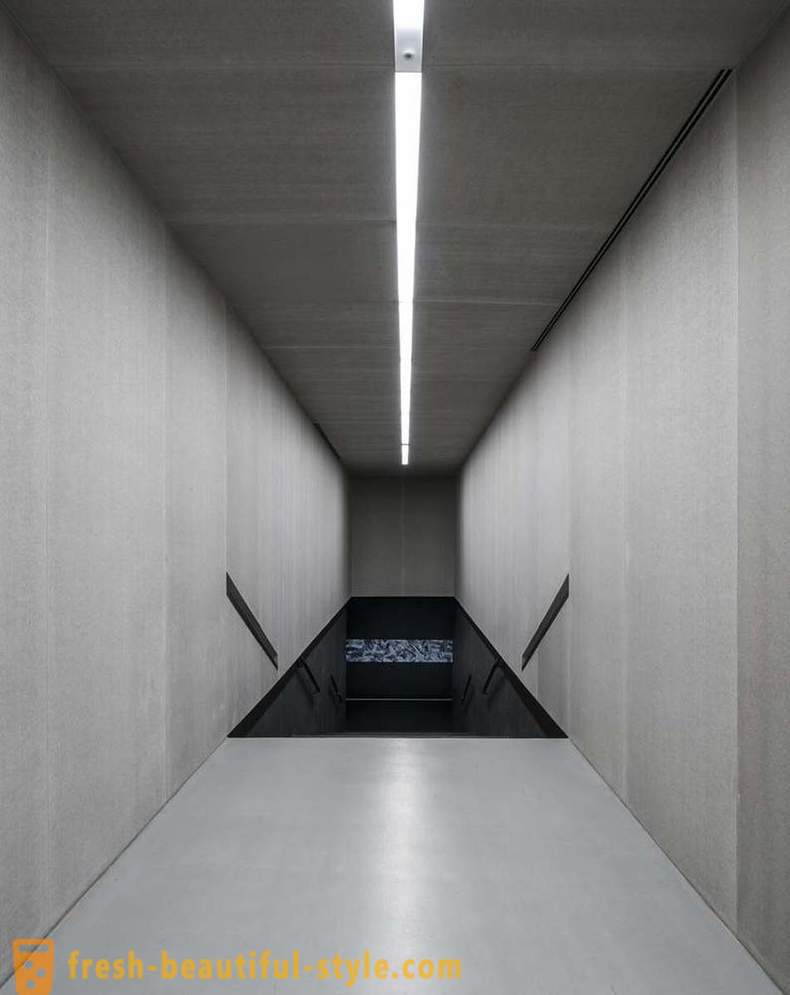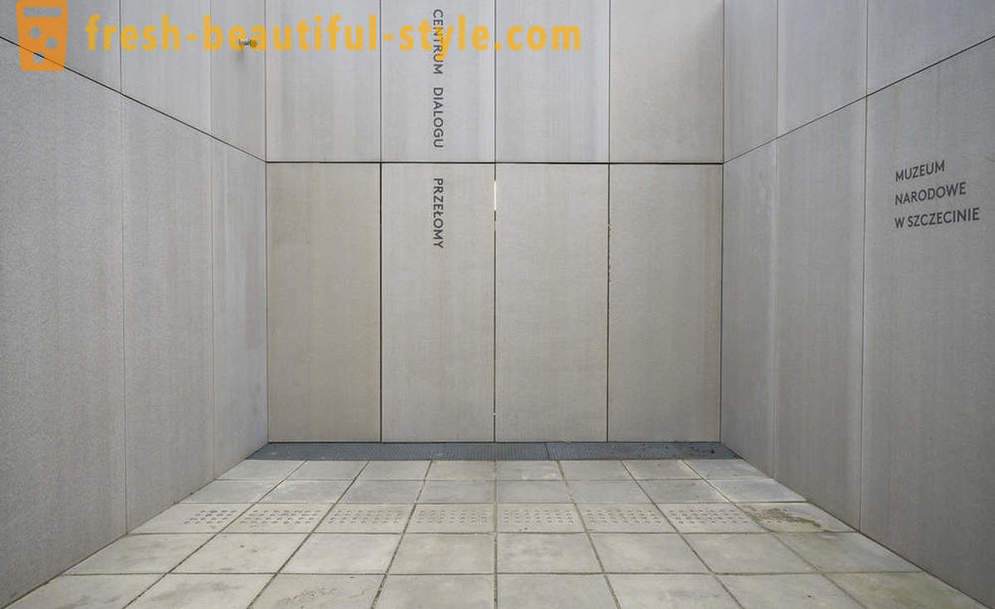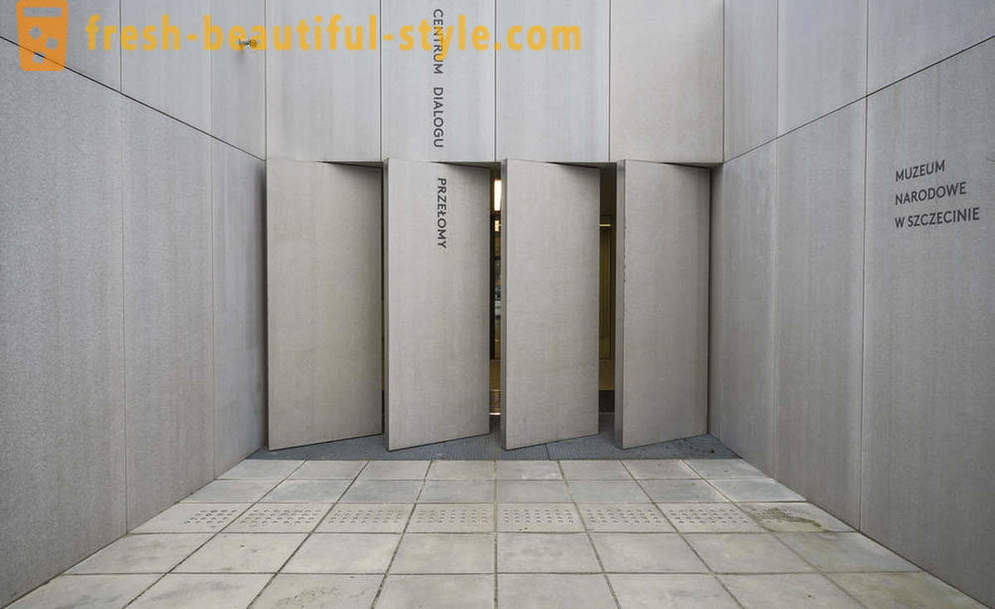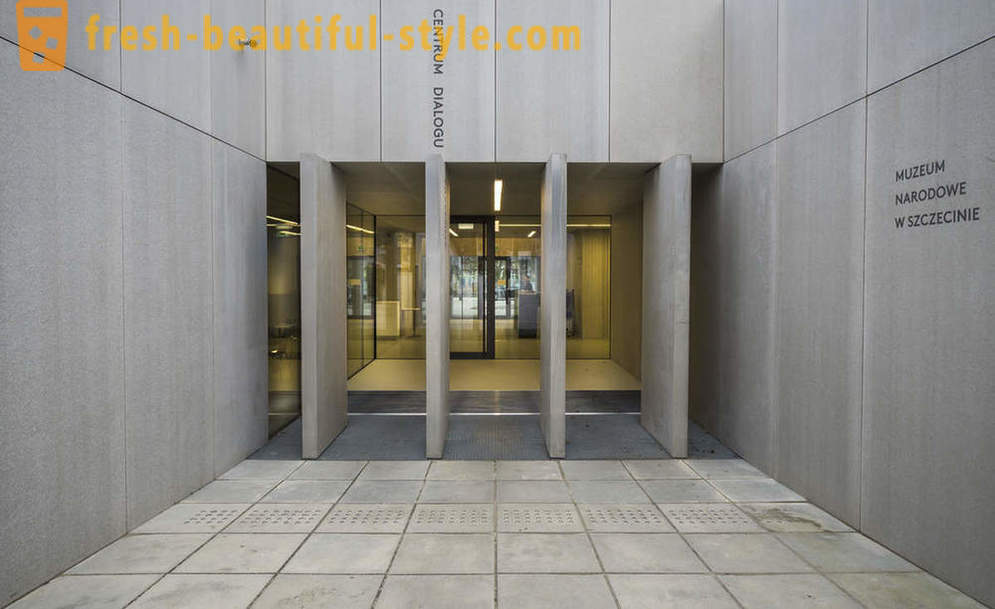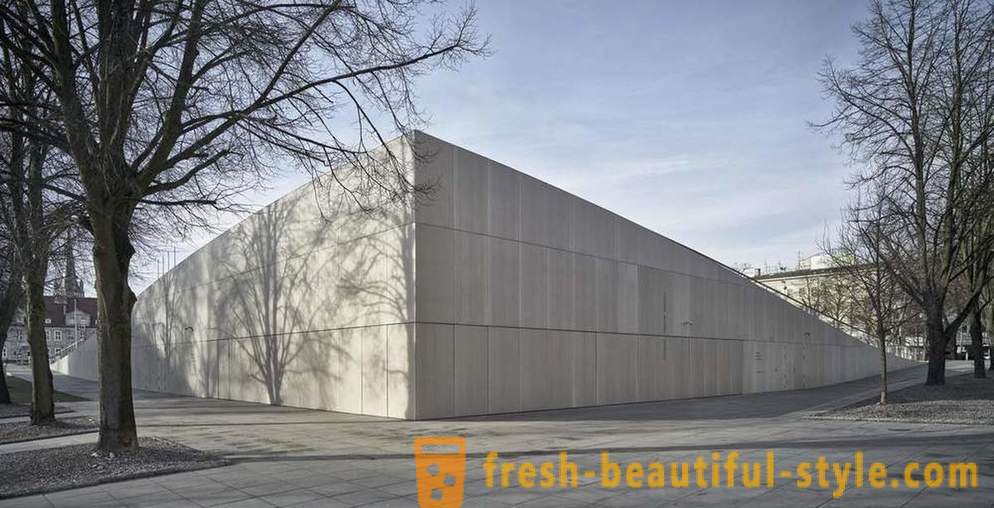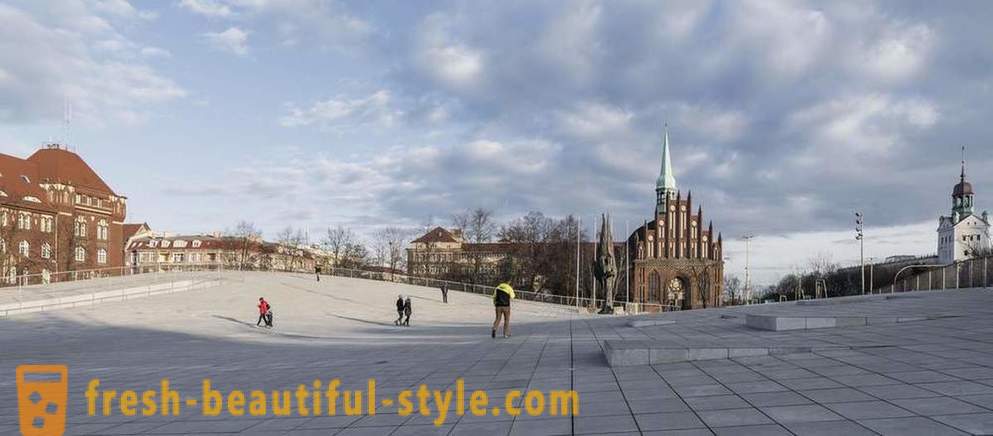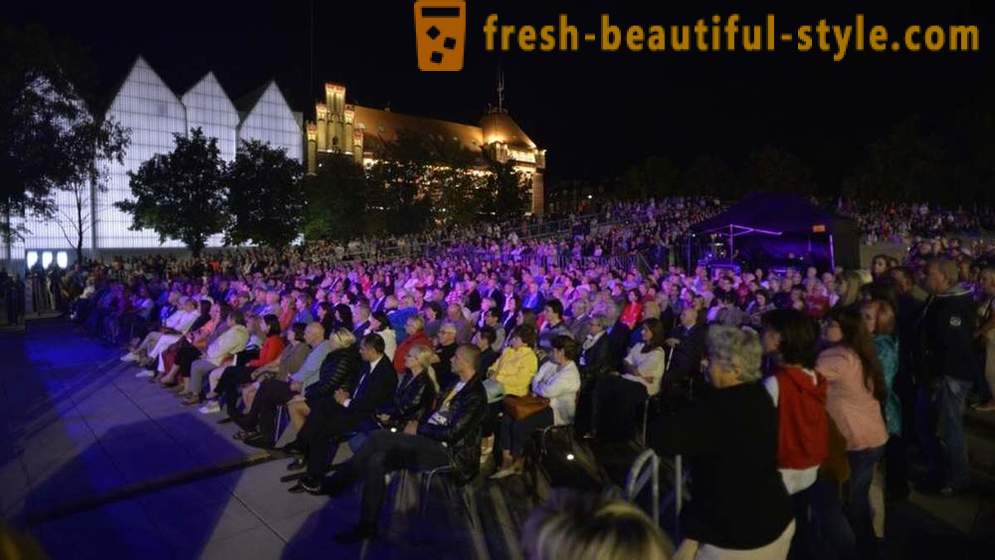The design of the National Museum of Szczecin in Poland
• The design of the National Museum of Szczecin in Poland
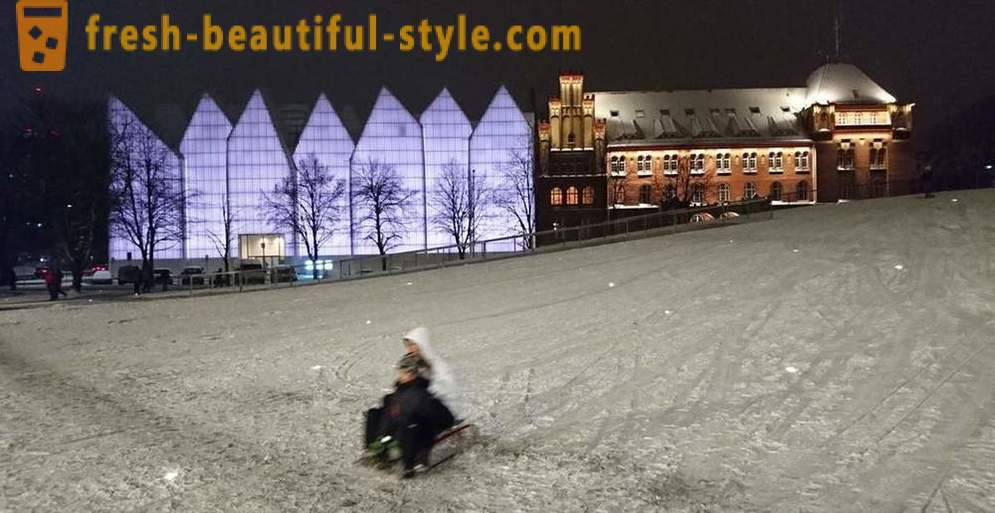
In Szczecin, Poland, opened the National Museum - Interactive Center Przełomy, designed by the studio KWK Promes.
Szczecin - one of the cities of Poland, the most affected by the historical violence in the XX century. Until 1945 he was a member of Germany, after which he was included in Poland. Fast and forced displacement of a large number of people exposed the sharp social contradictions and has distorted the identity of the city. Before the war, the current area of Solidarity was a showcase of the city, on her left populous quarter, which was destroyed during the bombing of the allied forces. For many years after the war at this place in the fabric of building a gaping hole, and in 1970 this was the scene of working kvaziploschad protest that was brutally suppressed and in which 16 people were killed. Since then, the place has become a symbol of the struggle for freedom.
When designing the National Museum - Interactive Center Przełomy, largely devoted to the dramatic past of Szczecin, architects have been set up on the history of a place. Therefore, the idea to hide underground museum to create an architecture history, backgrounds.
Two seemingly contradictory traditions - Quarter and the area - also became the starting point of the project. Hybrid urban space, on the one hand, covers an area similar to the quarter, on the other - saves the values of an open public space. The flat side of the square to create foregrounds Philharmonic and the church. Two raised edges of the square repeated the old quarter form. One of these elevations houses a museum and the other is an artificial hill. The monolithic form of the building - the continuation of the concrete floor space - is transformed, when the museum is open. Part of the massive vertical plate is rotated around its axis, revealing the entrance to the gallery. Another more narrow entrance, is embedded by the space.
Ground located at the area functions as a vestibule.
The exhibition space is hidden under the ground. Going down the stairs, visitors are immersed in the black space, which is the background for the story about the history of Szczecin, starting with World War II. Along with the historical exposition, based on the pure information, the museum contains works by artists that makes the narrative of past events more emotional and versatile. This brand new exhibiting formula makes history museum and art at the same time.
